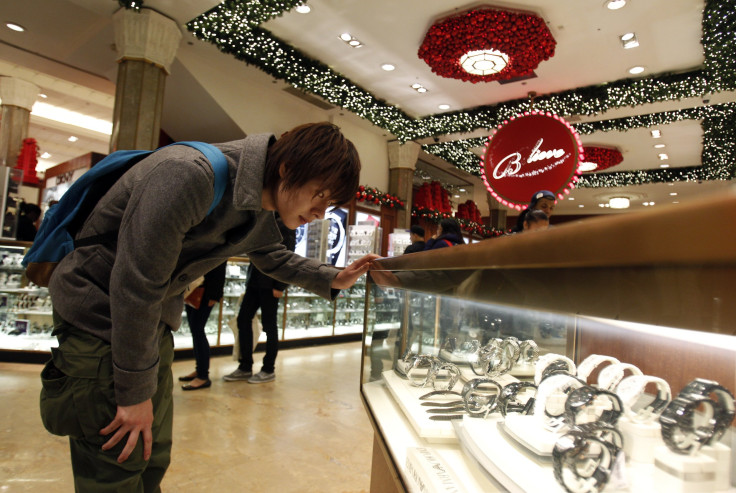Asian-American Households Outspend Other American Households By 19%, Nielsen Report Says

Asian-Americans outspend the average American household by 19 percent, a Nielsen report said.
On top of that, according to the report released Wednesday, Asian-Americans are the No. 1 demographic among online shoppers. About 77 percent of Asian-Americans have made an online purchase within the last year, compared to 66 percent of the general American population.
The percentage of Asian-Americans who spent $2,500 or more a year on the Internet, at 12 percent, is double that of the percentage of all Americans, the South China Morning Post reported.
The group also likes deals: 33 percent of Asian-Americans’ total spending were used to purchase via special promotions, compared to just 27 percent for other ethnic groups. But they are also willing to pay a premium for quality products.
“When making big-ticket purchases, Asian-Americans are often willing to pay more, spending money where they think it counts the most,” the study said. About 78 percent of Asian-Americans said they shop around before making a purchase.
Asian-Americans also tend to use brand name as the top indicator of quality, according to the South China Morning Post. They are nearly twice as likely to spend $300 or more on a watch, and 36 percent more likely to spend $400 or more on a piece of fine jewelry.
Even when it comes to food and drugs, Asian-Americans are more likely to spend more for name brands. Their willingness to pay more for goods can be linked to their higher earnings: Asian-Americans have a much higher median net worth ($89,300) than the average American household at $68,800. The income of Asian-American households soared 97 percent from 2000 until this year.
Asian-Americans are also growing in numbers. The number of Asian-Americans in each state has grown at least 33 percent, with the exception of Hawaii, where Asian-Americans are already the majority of the population. Asian-American influence, too, is expanding beyond the cities in which they traditionally congregate, like Los Angeles and New York, according to the South China Morning Post.
© Copyright IBTimes 2025. All rights reserved.





















